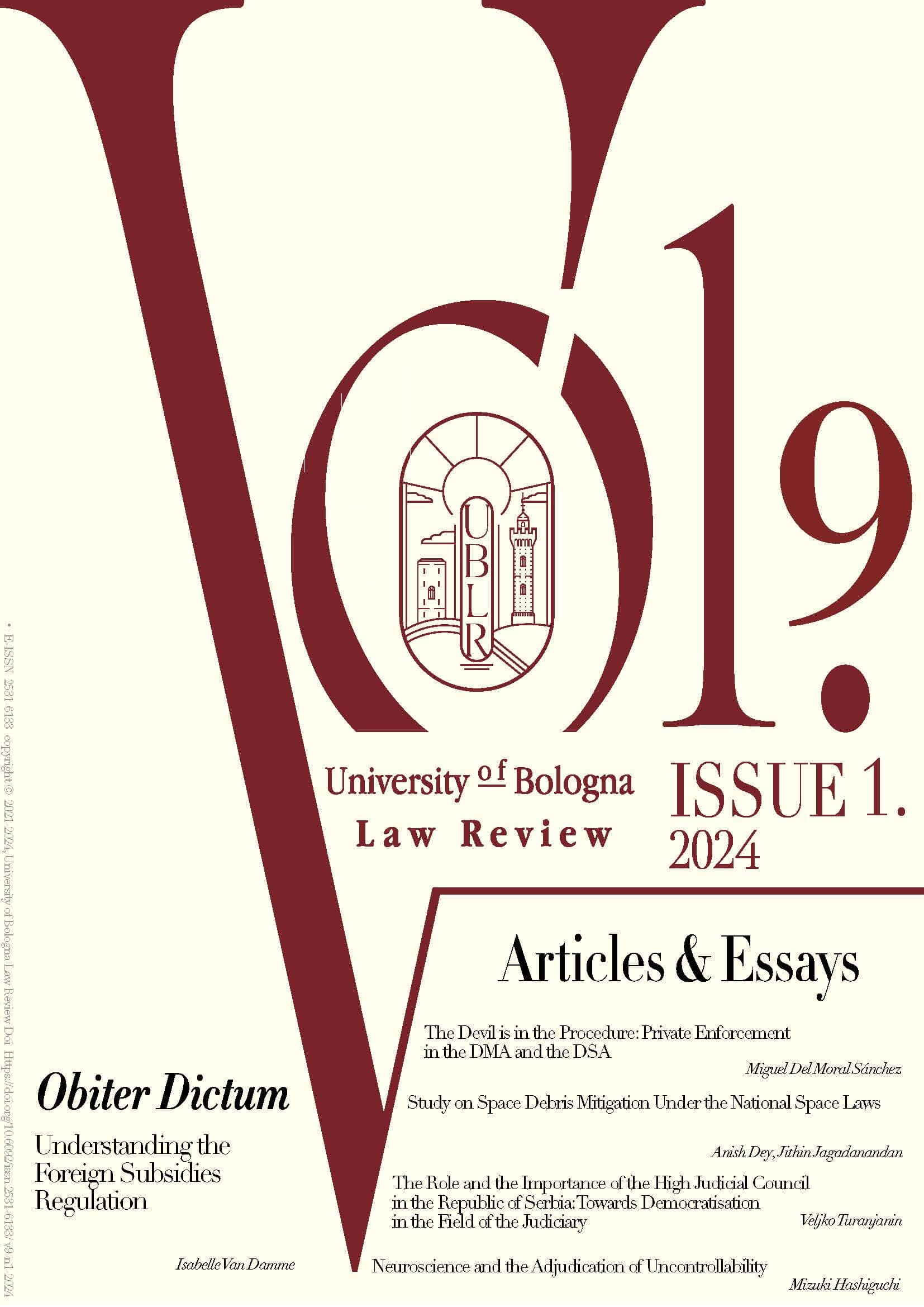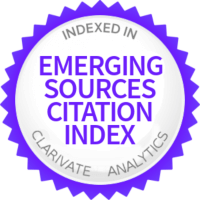Study on Space Debris Mitigation Under the National Space Laws
DOI:
https://doi.org/10.6092/issn.2531-6133/19718Keywords:
Orbital Debris, Debris Mitigation, National Space Law, Space System Technology, SustainabilityAbstract
The international community is beginning to focus on the issue of space debris. Space debris has increased in the low Earth orbit due to accidental collisions between various space objects such as operational satellites. In China, the destruction of the FengYun - 1C weather satellite by an anti-satellite device caused an exponential increase in space debris. During the Ukraine war in 2022, Russia destroyed a defunct satellite which created space debris. This act put astronauts on the International Space Station at risk. Collisions have also happened between American satellites
that are widely used for research or to provide communication facilities. Two unmanned European Space Agency (E.S.A.) satellites — the European Remote Sensing satellite (E.R.S.) and the Environmental Satellite (Envisat) — are currently in orbit reviving the debate over whether or not to engage in active debris removal. Despite gaining the interest of the
international space community, efforts to reduce space debris have received scant legal recognition. Recent years have seen a dramatic decrease in launch costs, making space travel more affordable and feasible for the general public. As a result, smaller satellites can now be placed in low Earth orbit. Mega-constellations like SpaceX, OneWeb, Starlink, and Amazon Kuiper have also been launched or will be launched into space. It is predicted that about five per cent of all satellites will fail to be disposed of at the end of their lives, either because of technical difficulties or a lack of proper planning for the disposal phase. As a result, there is a greater possibility of collision with other celestial bodies. The problem of orbital pollution is made much worse by the fact that each collision can produce a large number of new pieces of debris. The inoperable satellites can only be retrieved from orbit with the active participation of the international community. The space sector is in the midst of a period of profound change. As a result of recent developments in microelectronics, materials, and battery technology, multiple constellations are now able to function in low Earth orbit, at altitudes of less than 1,000 kilometres. When it comes to domestic space regulation, the International Law Association (I.L.A.) Model marked a significant shift. As a result, many nations with space programmes have adopted national space laws that include provisions for dealing with space debris. Guidelines included in soft-law instruments have provided impetus in the absence of a mandatory international regime on space debris.
Downloads
Downloads
Published
How to Cite
Issue
Section
License
Copyright (c) 2024 Anish Dey, Jithin Jagadanandan

This work is licensed under a Creative Commons Attribution 4.0 International License.











